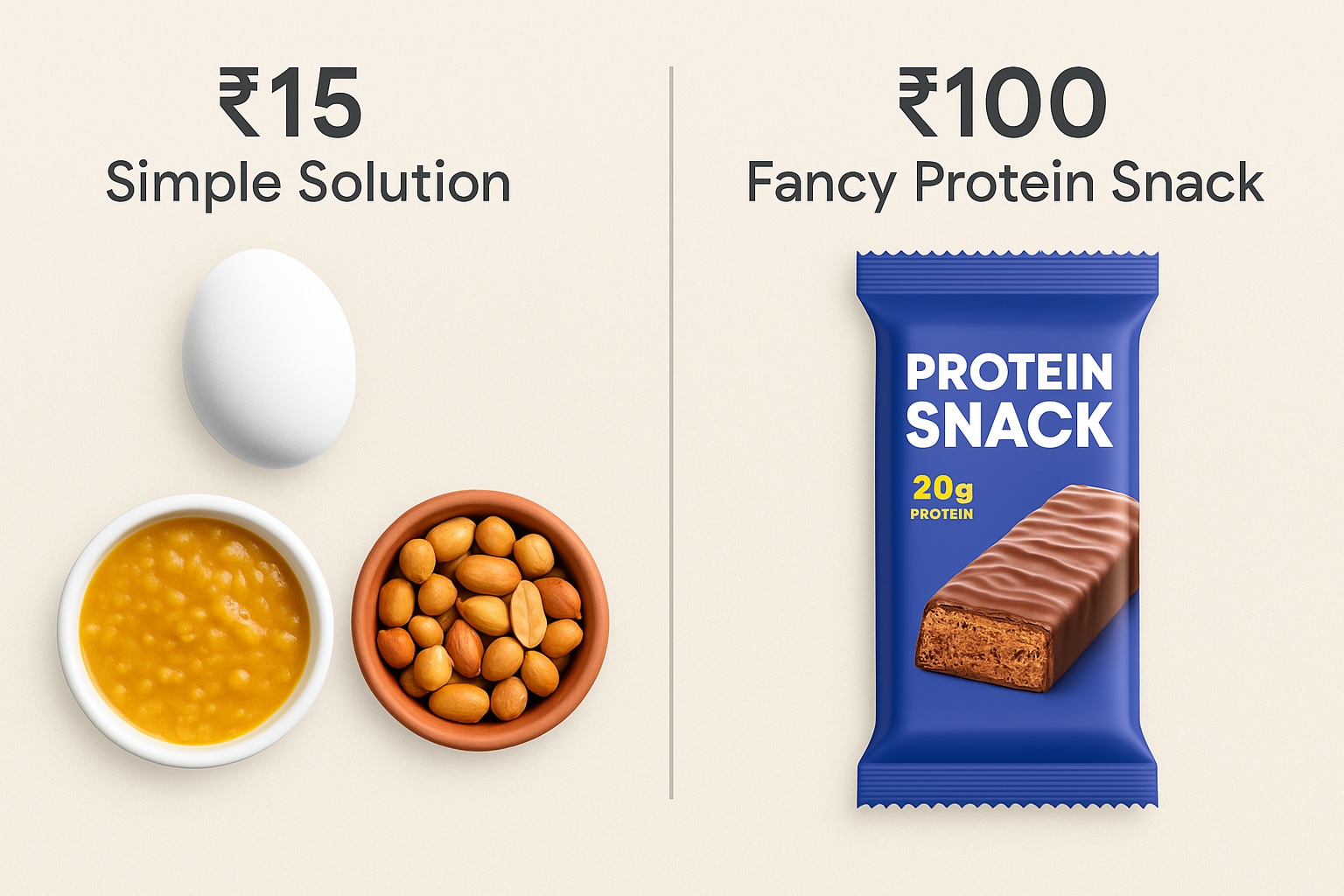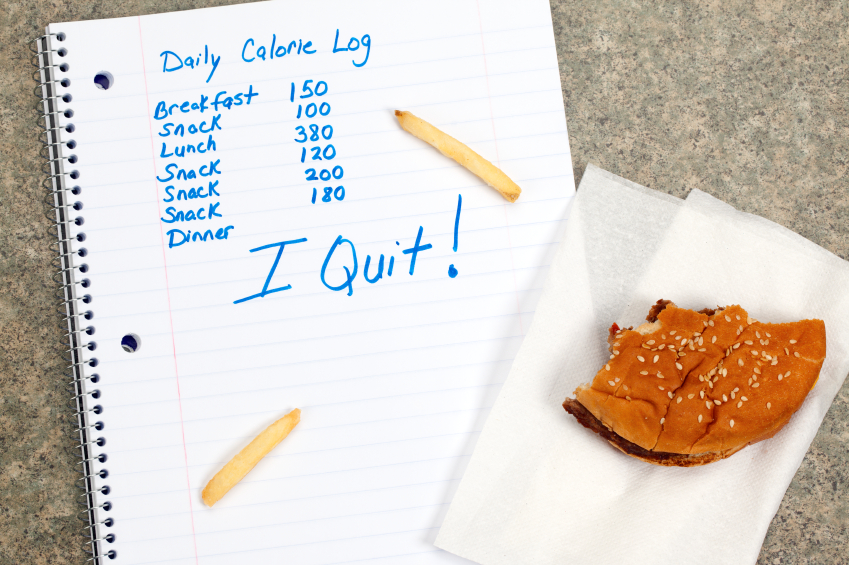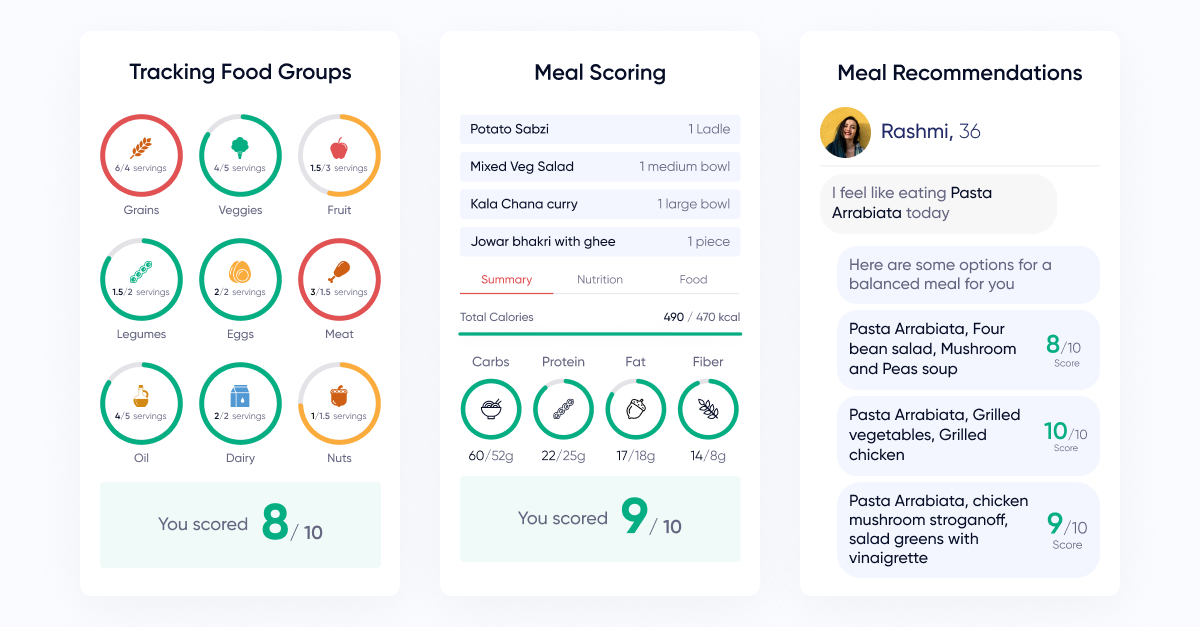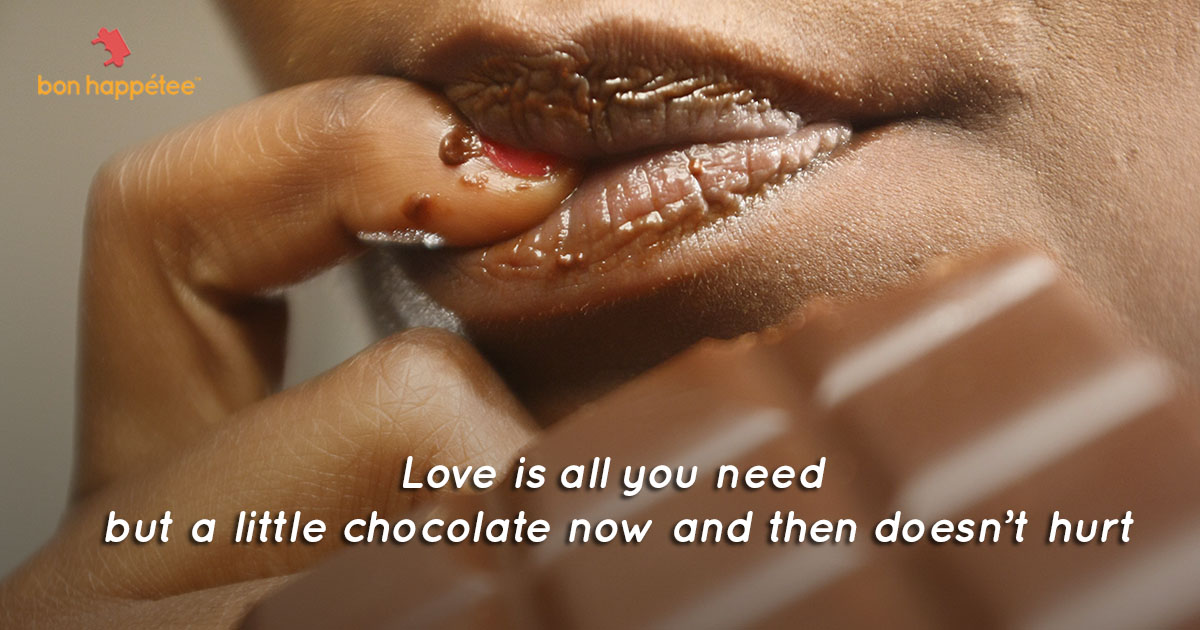
Why do influencers think cravings = calories?
Scroll through Instagram and you’ll see the same type of “food swap” reels over and over:
Cute, but completely missing the point.
Either these influencers don’t know the meaning of craving…
Or they’ve clearly never eaten Chole Bhature.
👉 Seriously, someone please send them a hot plate of Chole Bhature and then ask them to replace it with Idli Sambhar. Let’s see how that goes.
Here’s the thing:
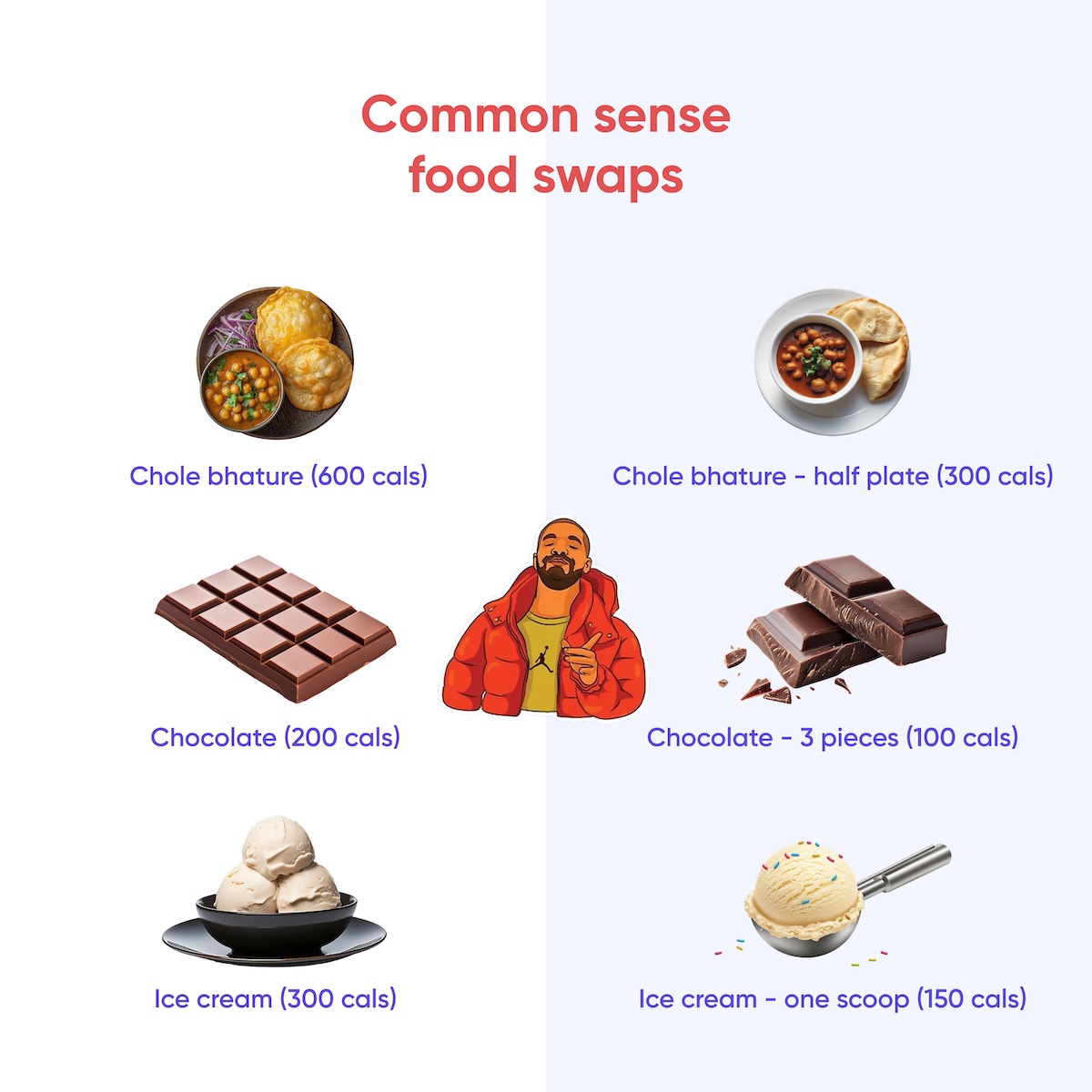
Cravings are psychological, not mathematical.
The real solution? Eat what you love, just in moderation.
Because when you suppress cravings with “healthy swaps,” you often end up eating both — the banana AND the chocolate.
This is where nutrition science meets food data.
If health apps and digital health platforms had access to accurate Indian food calorie values and verified nutrition databases, they could:
With a robust food data API, apps can provide:
Because let’s face it — you can’t replace gulab jamun with grapes.
Most calorie tracking apps rely on outdated or incomplete databases.
For companies building digital health solutions, weight loss apps, diabetes care platforms, or AI-driven nutrition guidance, this is a huge gap.
By licensing a verified Indian nutrition database via API, health apps can finally:
The problem isn’t cravings.
The problem is bad advice powered by bad data.
A banana is not a chocolate replacement.
Greek yogurt isn’t ice cream.
And no amount of influencer reels will change that.
The future of nutrition guidance lies in accurate food data, context-aware recommendations, and smarter APIs. Because cravings are real, and the solution is moderation + good data, not fake food swaps.
PS: If you can’t stop at one scoop of ice cream or 2-3 pieces of chocolate, the solution is meditation — not bananas.

